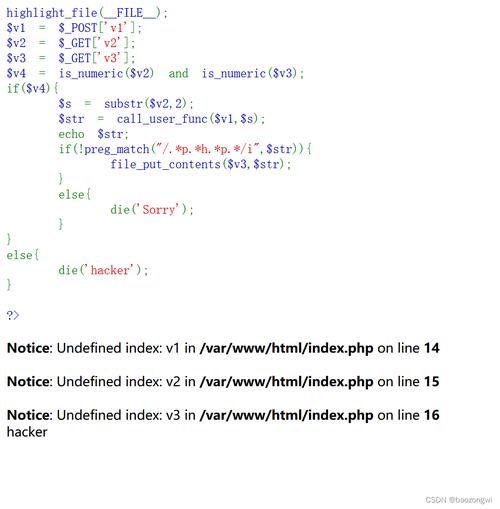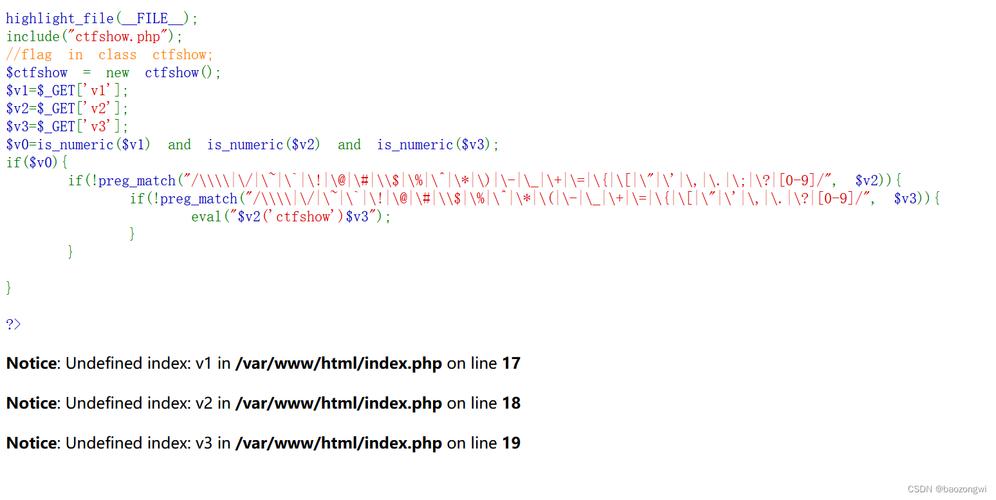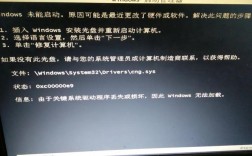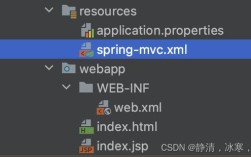ReflectionClass报错详解
在PHP开发中,ReflectionClass 是一个强大的工具,允许你在运行时检查类的属性和方法,在使用这个类时可能会遇到各种错误和异常,本文将详细解析ReflectionClass 的常见报错原因及其解决方法,并附上相关FAQs。

1. ReflectionClass 简介
ReflectionClass 是 PHP 反射 API 的一部分,它允许开发者在运行时获取有关类的信息,通过ReflectionClass,你可以访问类的常量、属性、方法以及构造函数等。
常见报错及解决方案
2.1 Class not found
报错信息:
- ReflectionClass::__construct(): Class name must be a valid fully qualified class name
原因分析:
这个错误通常出现在尝试反射一个不存在或拼写错误的类时,你试图反射一个名为MyClass 的类,但实际代码中并没有定义这个类。

解决方法:
确保要反射的类名是正确的且已经定义,如果你有一个类MyNamespace\MyClass,你需要用完全限定名来实例化ReflectionClass:
- $reflection = new ReflectionClass('MyNamespace\MyClass');
2.2 Access level restrictions
报错信息:
- ReflectionProperty::getValue() access denied to property 'privateProperty'
原因分析:
当试图访问类的私有或受保护属性时,如果没有适当的访问权限,会引发此错误。
解决方法:
可以通过设置反射属性的可访问性来解决此问题:
- $property = new ReflectionProperty($class, 'privateProperty');
- $property>setAccessible(true); // 使属性可访问
- $value = $property>getValue($object); // 现在可以访问了
2.3 Method does not exist
报错信息:
- ReflectionMethod::invoke() method 'nonExistentMethod' does not exist
原因分析:
当试图调用一个不存在的方法时,会引发此错误,这可能是由于方法名拼写错误或者方法尚未定义。
解决方法:
确保方法名正确并且方法已经定义,如果方法确实存在,请检查命名空间是否正确。
- $method = new ReflectionMethod('MyNamespace\MyClass', 'existingMethod');
- if ($method>exists()) {
- $method>invoke($object);
- } else {
- echo "Method does not exist";
- }
2.4 Invalid argument supplied for constructor
报错信息:
- ReflectionClass::newInstanceArgs(): Argument #0 is not an array or Traversable
原因分析:
当使用ReflectionClass::newInstanceArgs() 方法创建对象实例时,传递的参数不是数组或可迭代对象。
解决方法:
确保传递给newInstanceArgs 的参数是一个数组或实现了Traversable 接口的对象:
- $args = ['arg1', 'arg2']; // 确保这是一个数组或 Traversable 对象
- $instance = $reflection>newInstanceArgs($args);
| 错误类型 | 错误信息 | 原因分析 | 解决方法 |
| Class not found | ReflectionClass::__construct(): Class name must be a valid fully qualified class name | 类名不存在或拼写错误 | 确保类名正确且已定义,使用完全限定名 |
| Access level restrictions | ReflectionProperty::getValue() access denied to property 'privateProperty' | 尝试访问私有或受保护属性时没有适当权限 | 设置属性为可访问:$property>setAccessible(true) |
| Method does not exist | ReflectionMethod::invoke() method 'nonExistentMethod' does not exist | 方法名不存在或拼写错误 | 确保方法名正确且已定义,检查命名空间 |
| Invalid argument supplied | ReflectionClass::newInstanceArgs(): Argument #0 is not an array or Traversable | 传递给 newInstanceArgs 的参数不是数组或 Traversable | 确保参数是一个数组或实现 Traversable 接口的对象 |
FAQs
Q1: 如何反射一个类的私有方法?
A1: 你可以使用ReflectionMethod 来反射类的私有方法,并通过setAccessible(true) 使其可访问,以下是一个示例:
- class MyClass {
- private function privateMethod() {
- return 'Hello from private method';
- }
- }
- $reflection = new ReflectionClass('MyClass');
- $method = $reflection>getMethod('privateMethod');
- $method>setAccessible(true); // 使私有方法可访问
- $instance = $reflection>newInstance();
- echo $method>invoke($instance); // 输出: Hello from private method
Q2: 如何使用ReflectionClass 动态调用类的构造函数?
A2: 你可以使用ReflectionClass 的newInstanceArgs 方法来动态调用类的构造函数,并传递所需的参数,以下是一个示例:
- class MyClass {
- public function __construct($param1, $param2) {
- echo "Constructor called with: $param1, $param2";
- }
- }
- $reflection = new ReflectionClass('MyClass');
- $args = ['arg1', 'arg2']; // 构造函数参数
- $instance = $reflection>newInstanceArgs($args); // 动态调用构造函数
涵盖了ReflectionClass 常见的报错情况及其解决方法,并提供了两个常见问题的解答,希望这些信息能帮助你更好地理解和使用PHP的反射机制。










